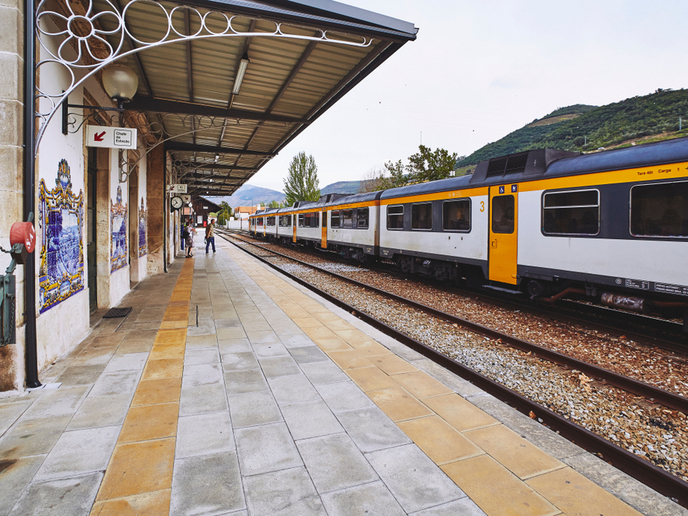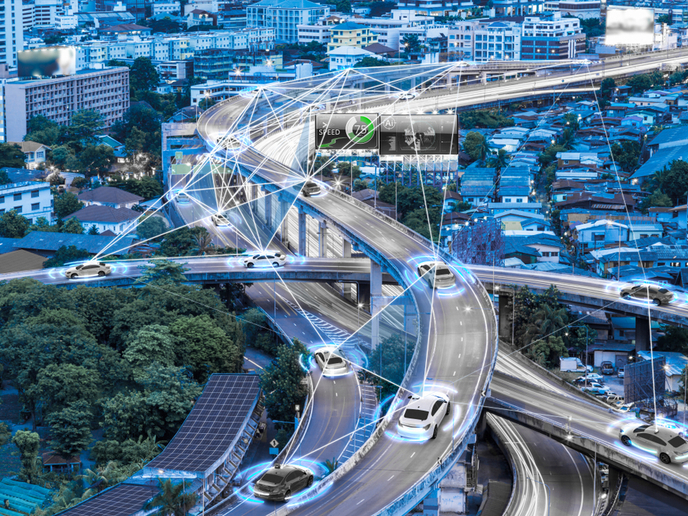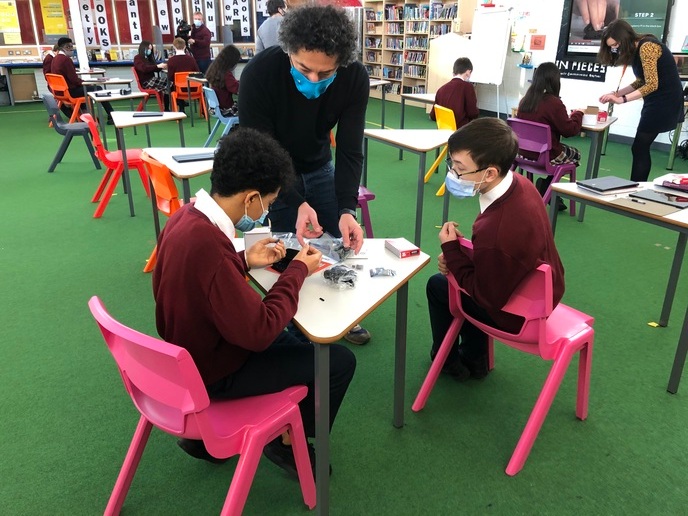Customised solutions to improve railway productivity
The Horizon 2020 NeTIRail-INFRA (Needs Tailored Interoperable Railway) project worked to identify and develop railway infrastructure and monitoring technology for Europe’s lesser-used lines. “While secondary lines are often economically marginal, may be at risk of closure or require substantial public subsidies, they often provide important public services,” project coordinator Dr David Fletcher explains. They link communities, and provide access to jobs, education and healthcare. As such, the project’s main objectives were “to understand which are the optimum technologies to be used for different types of railway lines,” says project manager Dr Jonathan Paragreen in a project overview video. “The types of lines used in the project include freight-dominated routes, busy commuter lines and also lesser-used, under-utilised passenger lines,” he adds. All systems go for railway renewals Project researchers conducted a lean analysis for switch installations in Celje, Slovenia and Kayseri, Turkey. “The objective was to apply the lean techniques to railway renewal operations to better understand their strengths and weaknesses,” Dr Fletcher notes. Recommendations based on the outcomes of this analysis relate to improved planning and marking of components to ensure that tasks are completed right the first time. Partners modelled transition zones between ballasted track and structures such as bridges and tunnels to understand the benefits of varying sleeper mass. The team validated simulations of this innovative approach against measurements from a transition zone in Portugal. As stated in the project’s ‘Final Brochure’, “to use heavier sleepers in the transition zone will result in lower displacement [and] settlement,” and thus “less maintenance (tamping and grinding) is required. Also, the life of the rail assets lasts longer (fewer renewals).” Based on industry-supplied data and a wider literature review, NeTIRail-INFRA devised a simple flow chart to help infrastructure managers identify the lubrication most suited to their lines and traffic. This can be tailored to geographical location and line type. Tracks and systems for optimal speed NeTIRail-INFRA evaluated the stability of a simple trolley wire system for mainline use. Although it is more common in tramways, the brochure notes, “the trolley wire system was shown to be stable for vehicle speeds of up to 100 km/h.” This potentially makes it suitable for some of the lesser-used commuter lines studied in this project. Advances on an axle box acceleration system for monitoring track condition were demonstrated on an in-service passenger vehicle in Romania. Tests with speeds ranging from 20-220 km/h and over identified defects, and the system was shown to be suitable for metro, conventional and high-speed railways. Project partners also developed and demonstrated very low-cost, self-powered monitoring equipment for electromechanical interlocking systems still used for lower-density lines. The solution allows transmission, logging and central monitoring of certain aspects of these systems’ status. Economic and social benefits Partners have developed a web-based decision-support tool that encompasses all project learnings and allows users to implement cost-benefit evaluations and societal analysis. This “can be used by infrastructure managers across Europe to assess which are the most appropriate technologies developed within the project to suit their particular railway lines,” Dr Paragreen states. To evaluate the impacts of project innovations, NeTIRail-INFRA surveyed and analysed feedback on passenger journeys on its case study lines in Romania, Slovenia and Turkey. “Cost-benefit and societal impact analysis has validated the benefits of the developed innovations and their suitability for different line types,” Dr Fletcher concludes.
Keywords
NeTIRail-INFRA, railway, transition zone, rail lines, high-speed, railway renewal, trolley wire system, axle box acceleration, infrastructure and monitoring







